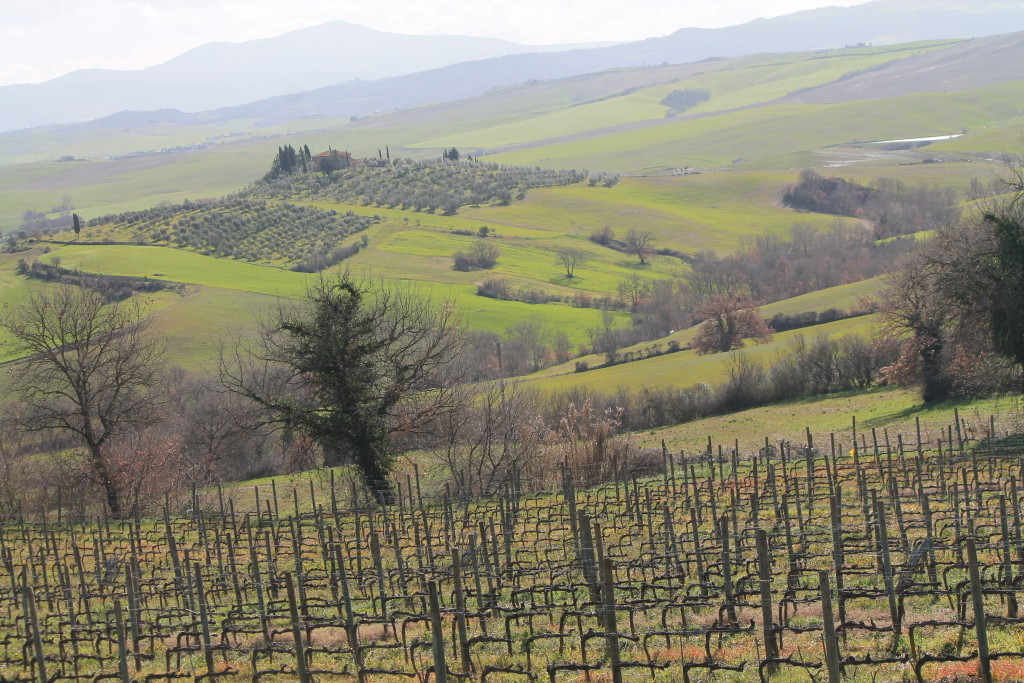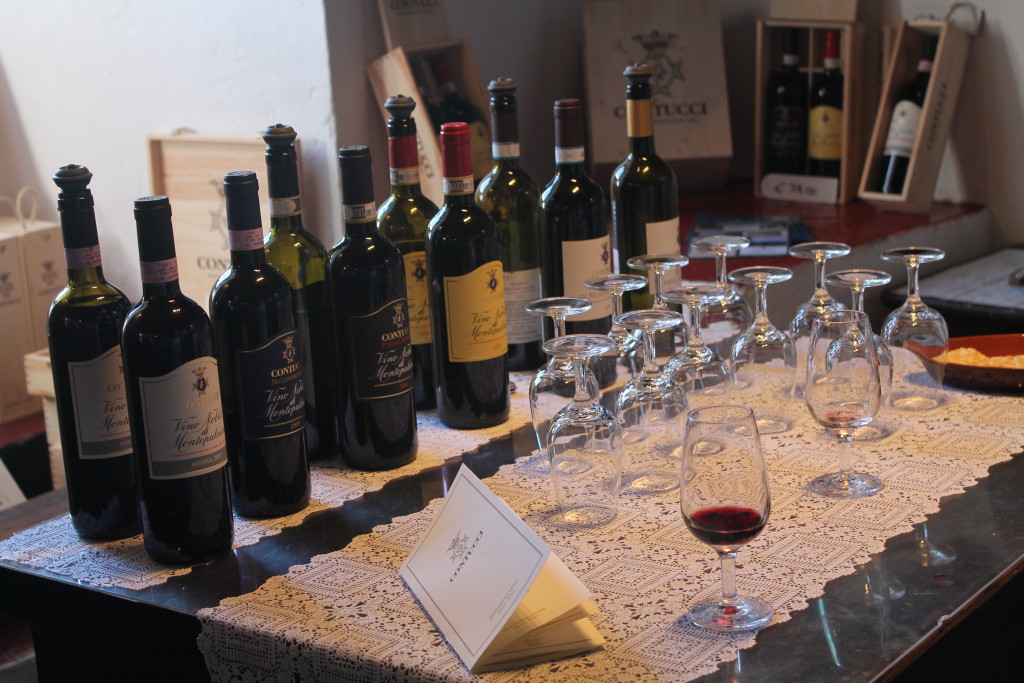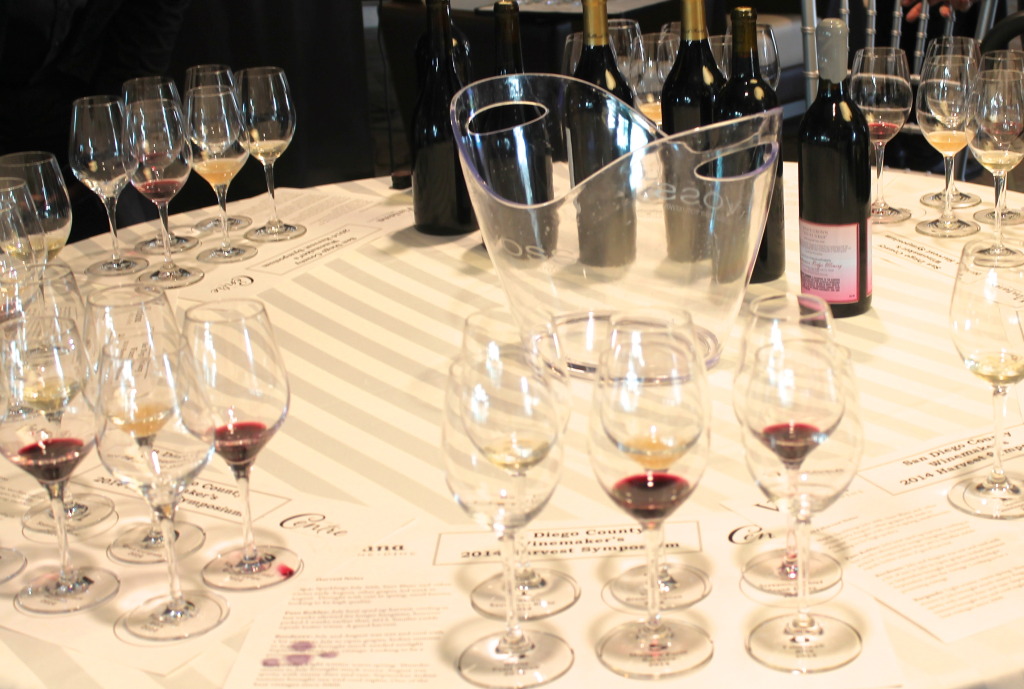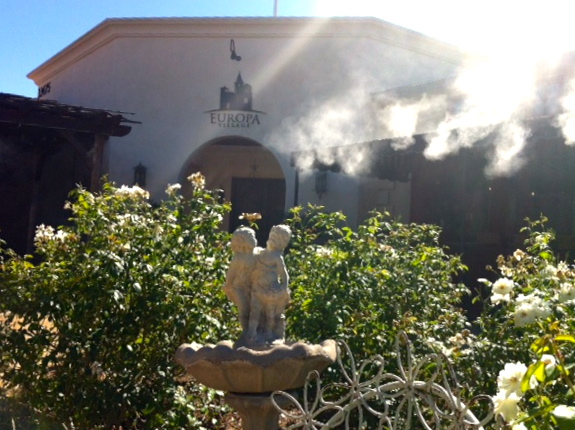In many ways, Sangiovese is to Chianti as Cabernet Sauvignon is to Bordeaux. Both form the base of wines that blend beautifully with other varietals, yet alone, they share a distinctive elegance and complexity. To impress your fellow oenophiles at the next dinner party, read on:
- Tuscany has 9 DOCG appellations that date back to the Etruscans in the 8th century BC. Sangiovese, Tuscany’s most prominent grape, is derived from the Latin sanguis Jovis, which literally translates to the “blood of Jove”. Sangiovese is the premier grape varietal in Italy, planted on over 247,000 acres with 14 separate and distinct clones. Sangiovese thrives in direct sunlight at altitudes of 500 to 1600 feet. The higher elevations increase the diurnal temperature variation, helping the grapes maintain their balance of sugars and acidity as well as their aromatic qualities.

- The Chianti zone is the largest classified wine region and produces over eight million cases of wine each year. The region is split into two DOCGs – Chianti and Chianti Classico. The larger Chianti zone is further divided into eight DOC sub-zones and produces white, other Rosso reds and Vin Santo.
- To be considered a Chianti Classico, wines must be 75% to 100% Sangiovese and can contain up to 20% of international varietals such as Cabernet and Merlot. Chianti Classico covers approximately 100 square miles between Florence and Siena and includes the communes of Castellina, Gaiole, Greve and Radda and five other neighboring communes. Chianti Classico is required to be aged for a minimum of three years.

- All but one Tuscany DOCG is comprised of Sangiovese grapes. Vernaccia di San Gimignano DOCG produces the only white grape called Vernaccia . Other white grapes planted in Tuscany are Trebbiano, Malvasia, Vermantino and Chardonnay and are frequently used in blending wines.
- Vin Santo, also known as “holy wine”, is made of Trebbiano which is harvested in late fall and air-dried on straw mats until the start of Holy Week before bottling. Vin Santo ages for 3 to 10 years in small barrels and is produced in small quantities. Vin Santo makes an excellent Italian dessert wine.









